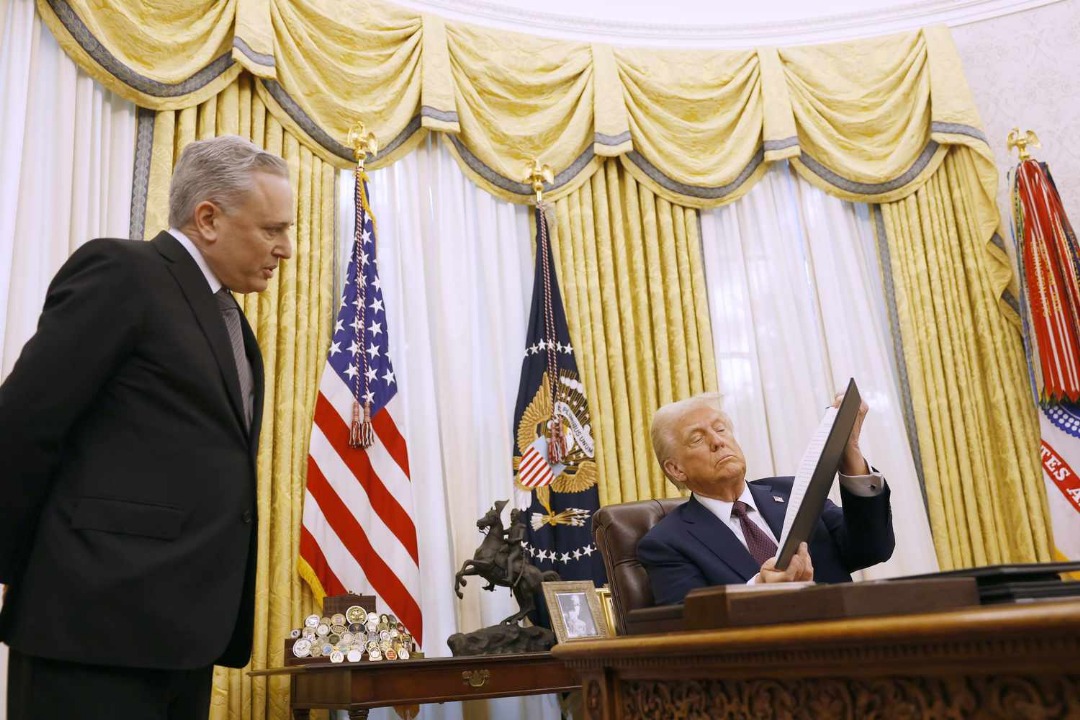Washington’s buzzing with crypto energy, and the U.S. House just dropped a bombshell: its long-awaited stablecoin bill is live! On Wednesday, March 26, 2025, Capitol Hill turned into a crypto hotspot as lawmakers unleashed a flurry of digital asset moves—think stablecoin rules, securities clarity, and a Senate smackdown of IRS overreach. Here’s the lowdown on this legislative whirlwind and what it means for the future of crypto in America.
The House Stablecoin Bill Takes Center Stage
Leading the charge is the Stablecoin Transparency and Accountability for a Better Ledger Economy (STABLE Act), unveiled by Rep. Bryan Steil and Rep. French Hill, heavyweights from the House Financial Services Committee. This bill’s all about taming the wild west of dollar-pegged digital tokens—think USDT or USDC—by setting clear rules for companies issuing them. Steil, who heads the committee’s crypto panel, says it’ll “close the gap” with the Senate’s version, which got a bipartisan thumbs-up from the Senate Banking Committee recently.
Hill, the committee’s Republican chair, called it a “strong continuation” of last Congress’s digital asset push. With the Senate’s bill now headed to the floor, the House version’s timing is no accident—lawmakers want stablecoin oversight locked in fast, possibly by August. Rep. Tom Emmer, the House majority whip and a crypto crusader, shrugged off minor differences between the two, betting they’ll iron out the kinks. It’s a rare moment of bipartisan hustle in a divided Congress.
Securities Clarity Act Makes a Comeback
But that’s not all—Emmer wasn’t done. On the same day, he reintroduced the Securities Clarity Act alongside Rep. Darren Soto, a Democrat, aiming to untangle the messy question of when a crypto asset counts as a security. Pulled from last year’s Financial Innovation and Technology for the 21st Century Act (FIT 21), this bill’s a lifeline for an industry tired of SEC guesswork. It’s a signal: Congress isn’t just dabbling; they’re serious about giving crypto a legal foothold.
Both Emmer and Steil strutted their stuff at the DC Blockchain Summit that day, hosted by the Digital Chamber. The vibe? Optimism with a deadline. Lawmakers from both parties echoed a shared goal: wrap up the stablecoin saga before summer hits.
Senate Slaps Down IRS Crypto Rules
Meanwhile, the Senate was busy flexing its own crypto muscle. On Wednesday night, they voted—again—on a Congressional Review Act resolution to kill the IRS’s 2024 rules on decentralized finance (DeFi) brokers. Why the redo? A procedural quirk demanded the House vote first on tax stuff, but the result was the same: a resounding 70-28 win (up from 70-27 last time). It’s now headed to President Donald Trump’s desk, where he’s expected to sign it, scrapping regs that would’ve forced DeFi platforms to track users like banks. Crypto advocates cheered—another W for freedom in the digital realm.
Why This Matters Now
This isn’t random noise—it’s a coordinated push. Stablecoins, pegged to the dollar, are the backbone of crypto trading, and their oversight’s been a hot potato for years. With Trump’s crew—like Don Jr.’s World Liberty Financial—pitching stablecoins in DC, the political stars are aligning. Add Emmer’s securities clarity and the IRS rollback, and you’ve got a trifecta of moves signaling crypto’s no longer a fringe topic—it’s a priority.
The House bill’s release syncs with a Senate already in motion, hinting at a finish line by mid-2025. If they pull it off, it’ll be the first big crypto law of the Trump era—a win for an industry craving legitimacy and a test of Congress’s ability to bridge party lines.







